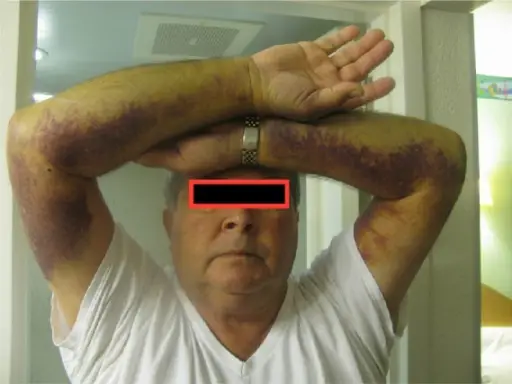Hemophilia A is the most common hereditary cause of serious bleeding. It is an X-linked recessive disorder caused by reduced factor VIII activity.
What is the Pathology of Hemophilia A?
The pathology of hemophilia a is:
-Etiology: The cause of hemophilia a is mutations in factor VIII.
-Genes involved: F8.
-Pathogenesis: The sequence of events that lead to hemophilia a includes the deficit in factor VIII, or by an acquired inhibitor that binds factor VIII.
-Histology: The histology associated with hemophilia a shows missing factor VIII and hemarthrosis.
How does Hemophilia A Present?
Patients with hemophilia a typically affect the male present in the age range of 26-45 years. The symptoms, features, and clinical findings associated with hemophilia include spontaneous hemorrhages in joints, muscles and with life-threatening hemorrhage, and petechiae.
How is Hemophilia A Diagnosed?
Hemophilia a is diagnosed with specific assays for factor VIII.
How is Hemophilia A Treated?
Hemophilia a is treated with factor VIII infusions.
What is the Prognosis of Hemophilia A?
The prognosis of hemophilia a is poor with 50-60% of people having a severe form of the disorder.



